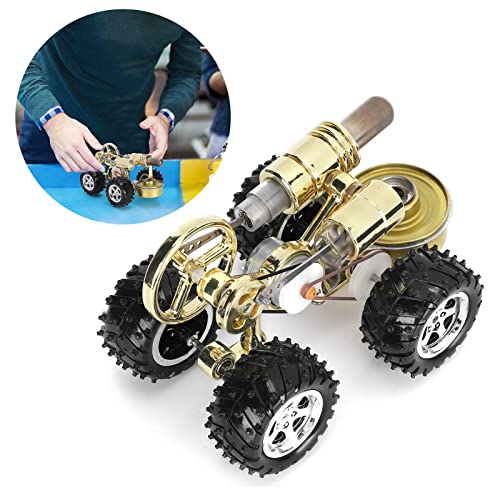Keep calm Richard,
Einstein explained relativity.... "If you are on the same hill-top at the same time moving at the same speed you all look the same". It is only when you are on the subway platform and everyone is moving fast past you in the opposite direction you realise you are "relatively" the odd one. Maybe they are all the wierdos? - And we are the ones who are "sane" (which is a relative term based on abstract ideas anyway!).
Zeb: re: your new book. Does it explain calculations for determining wall thicknesses of flue tubes, or other tubes with the copper "in compression"? - I think this is probably a "bible" for making boilers (Coppersmithing), but it may omit that particular part of boiler design (as do most books) concerning the design of "tubes in compression", particularly if copper.
I have books and texts by:
K.N. Harris, Alec Weiss, Kozo Hiraoka, Martin Evans, Tubal Cain, Prof. Andrew Jamieson (who quotes work & formula derived by Sir William Fairburn); John Goodman, et al.
Yet I have never seen anyone consider that Copper tubes in compression suffer from the compressive strength being as low as 45MPa but only consideration of the Ultimate Tensile Strength, as 210 MPa. (30500 psi.). I.E. the tubes in Compression, if designed using hoop stress calculations using the Tensile strength of annealed copper, will be incorrect for the required safety factors for the boiler. I am still seeking a text that even discusses the matter. I can only assume that "in service" flue tubes etc. at "~20% of their "correct" design strength" are adequate for the 1.5 x NWP Hydraulic test. And copper boilers quickly become "stronger" than their annealed state when heated and stressed, then cooled, repeatedly.
Enjoy your boilermaking - and use a "proven and certified" design, and known (certified?) standard of materials.
K2
















![DreamPlan Home Design and Landscaping Software Free for Windows [PC Download]](https://m.media-amazon.com/images/I/51kvZH2dVLL._SL500_.jpg)








































![MeshMagic 3D Free 3D Modeling Software [Download]](https://m.media-amazon.com/images/I/B1U+p8ewjGS._SL500_.png)



